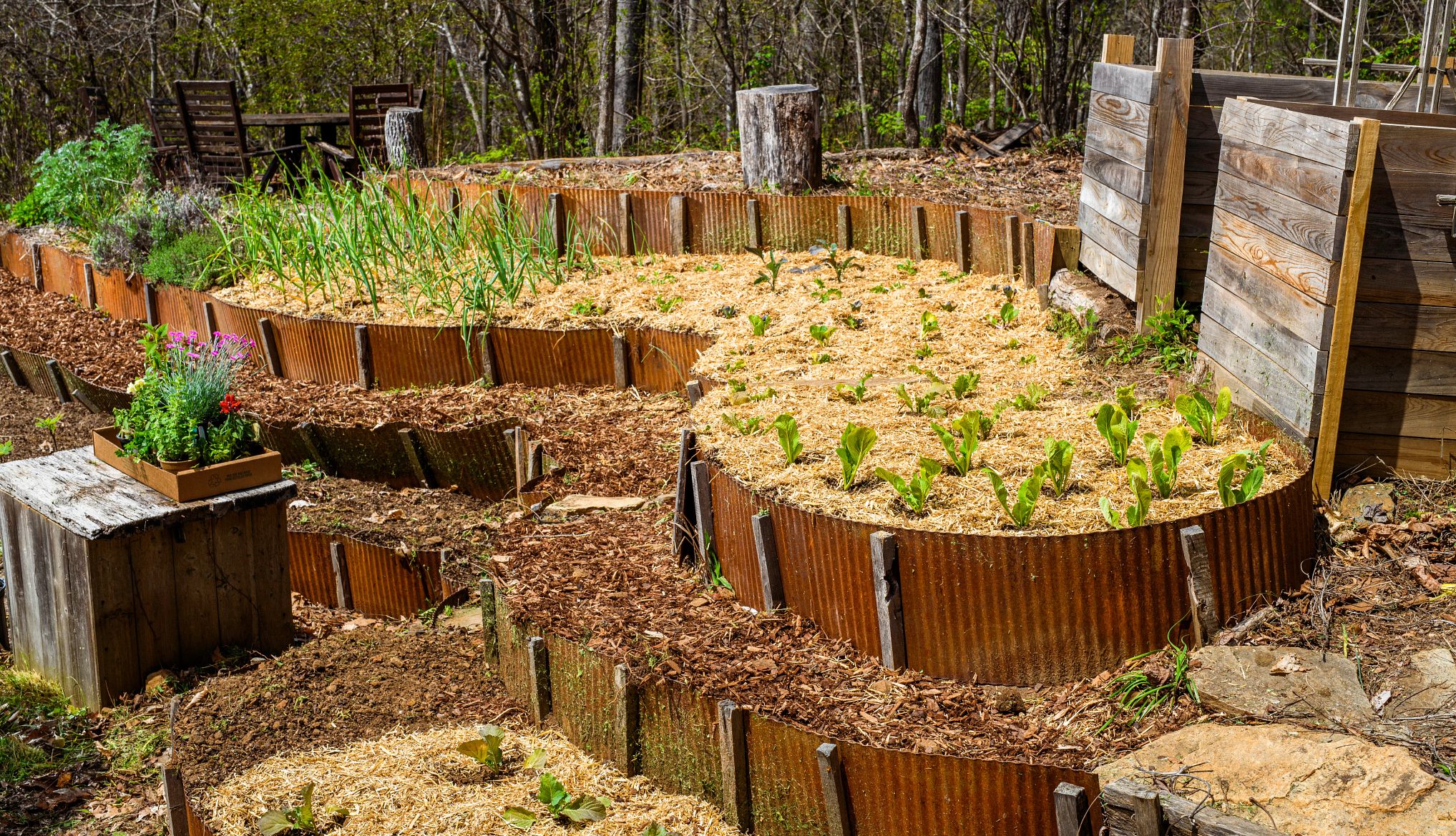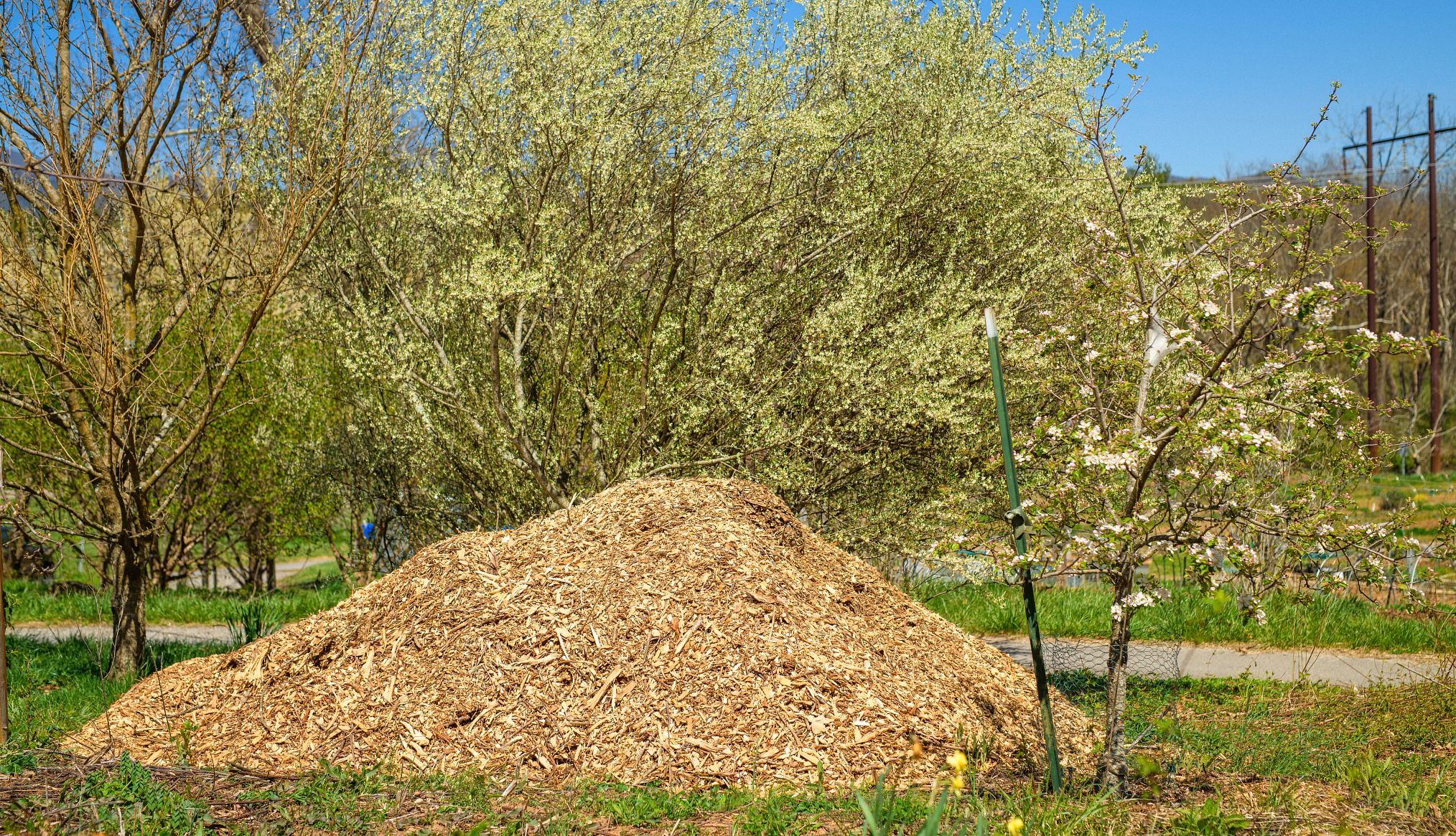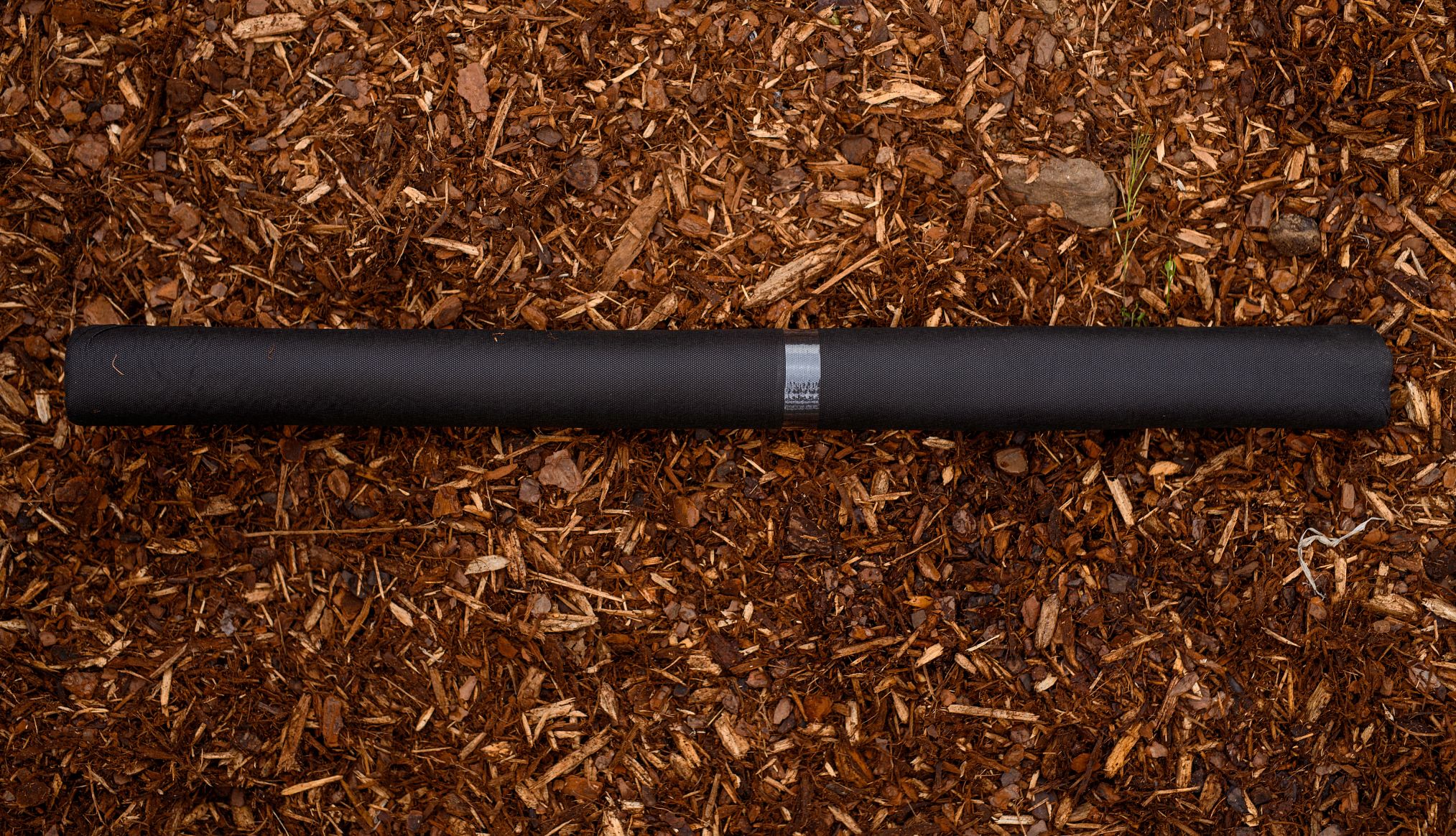AARP Hearing Center


If you are part of the third of Americans 50-plus who love gardening, you probably know it’s the season to plan your garden, prepare the space and get planting. But don’t sit back admiring your work yet; you’re not done. There’s an important next step that will save you time, money, and water: mulching.
Why take the time and energy to mulch?
Keeps the water in. A ground cover, mulch keeps the soil moist so plants and shrubs thrive.
“By putting down a layer of mulch, you can retain soil moisture, which is good for your plants, and it's also good for water conservation,” says David Mizejewski, naturalist, television personality and a spokesperson for the National Wildlife Federation.
Regulates soil temperature. Mulch also provides insulation for the soil by moderating the soil temperature so it's not too hot for plants, shrubs or trees. Lou Meyer, mid-Atlantic arborist at The Davey Tree Expert Company, compares mulch to insulating a home. Mulch acts like a blanket covering the ground, he says.
Reduces weeds. Mulch keeps weeds at bay. "If you mulch regularly once or twice a year, it'll help suppress weeds and reduce the need for weeding maintenance in your garden," says Cooper Schlegel, product manager for live goods for W. Atlee Burpee & Co.
The two major types of mulch
There are two categories of mulch: organic and inorganic.


Organic mulch. This type of mulch is made of natural materials, such as pine needles, pine bark nuggets, coconut chips, leaves, straw, shredded wood or wood chips. Organic mulch decomposes over time and adds nutrients to the soil.
Meyer is in favor of using organic mulch because it returns nutrients to your soil that keep plants and shrubs healthy. Mulch reduces soil compaction, when soil particles are pressed tightly together, creating looser soil for better drainage and water absorption.


Inorganic mulch. This type of mulch includes plastic sheeting, landscape fabric, gravel and stones. Plastic sheeting and landscape fabric are typically used for a large area, such as a lawn that you want to convert to a garden, says Schlegel, who is a fan of using this in his garden.
“I prefer to put landscape fabric down just because it cuts out any weeds, weed seeds or plant fragments that may still be in the soil,” he says.
The problem with plastic is that it disintegrates over time, contaminating the soil with microplastics that are difficult to remove, according to a 2023 study published in Environmental Sciences Europe.
“If you’re hand weeding right around the holes you put your plants in, it can rip a little bit and you can find pieces in your garden in future years," Schlegel says.








































































More From AARP
Spring Clean All of Your Spaces
Helpful tips for tidying up every room in your house
38 Ways to Boost Your Home's Curb Appeal
Our new AARP Smart Guide offers high-impact tips to add allure to your abode, from walkway to windows
AARP Smart Guide: 41 Ways to Care for Your Home Appliances
Protect your wallet by doing these simple things to make your appliances work better and last longer
Recommended for You